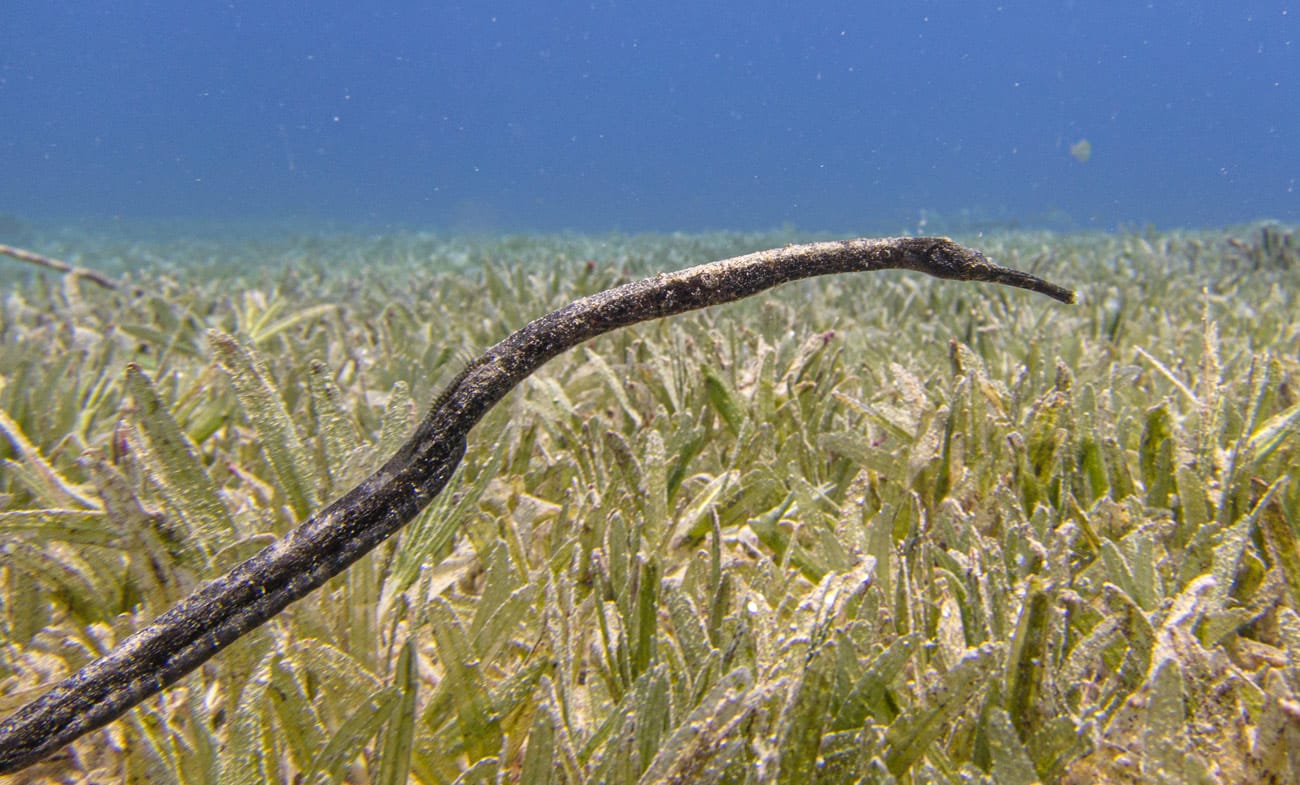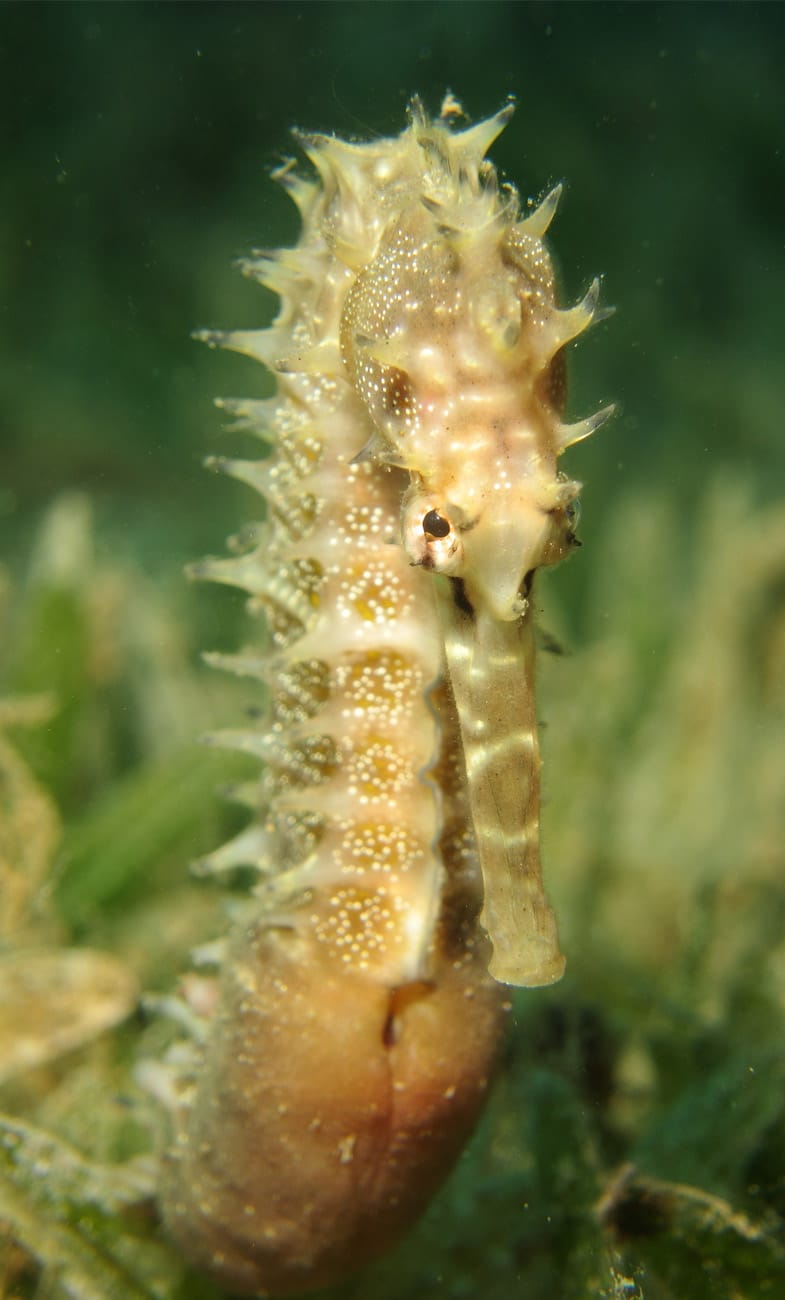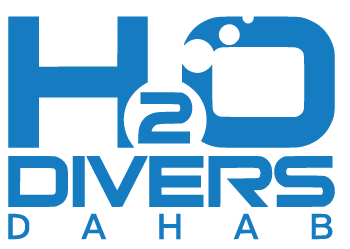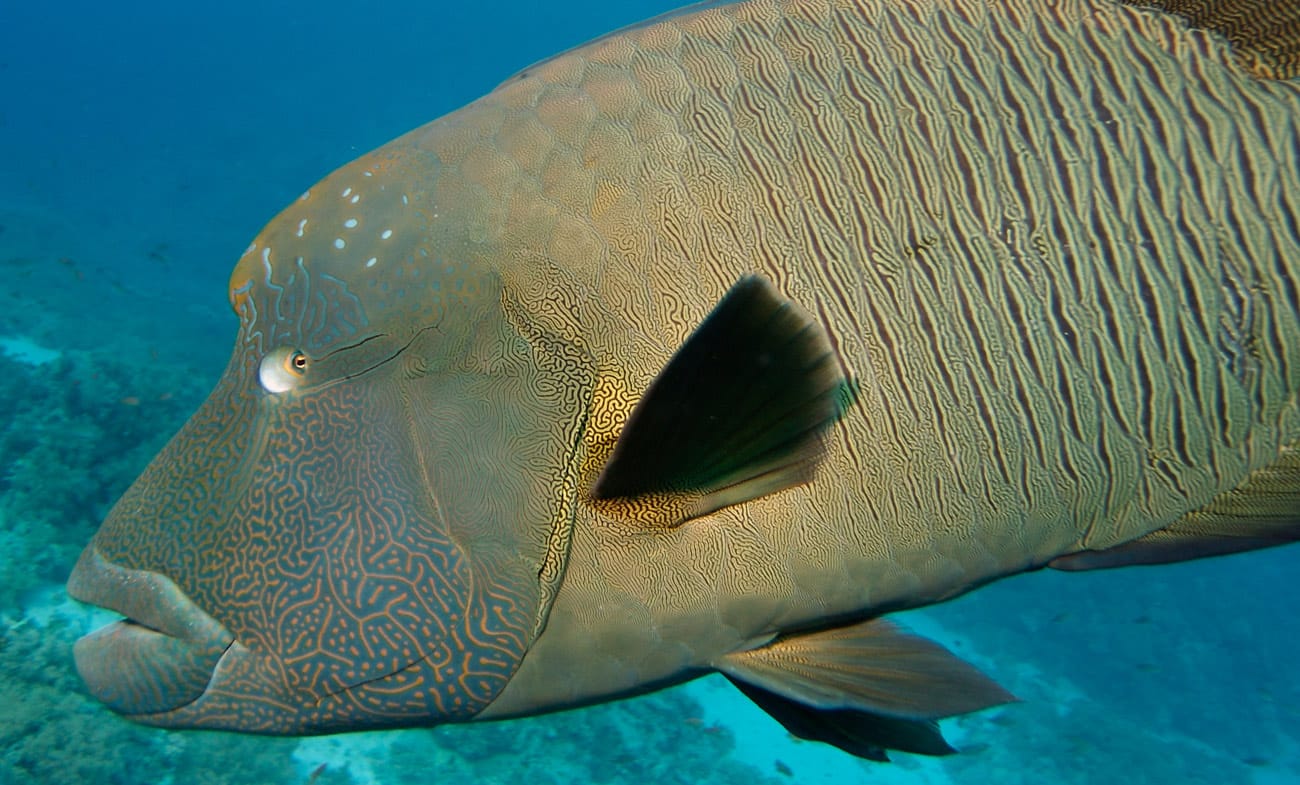
H20 CREATURES: NAPOLEON WRASSE
NAPOLEON... MAORI... BUMPHEAD...
For obvious reasons this wrasse is also called the Humphead wrasse and you are likely to see one diving around the dive sites in Dahab – despite it being on the WWF’s endangered list around Africa. Due to the wrasse having a late sexual maturity: 5-7 years, they are protogynous hermaphrodites meaning some females become males around the age of 9. The species is reported to live for over 30 years years reaching lengths of 2m.
They demonstrate a reproductive strategy of spawning aggregation, whereby sexually mature adults from adjacent reefs gather at specific sites to mate. Predictable spawning sites like this make them highly vulnerable to over-exploitation. A relatively rare and lonesome fish anyway, For example, in unfished or lightly fished areas, adult fish densities may range from 2 to 20 (but rarely >10) individuals per 10,000 m2 of reef.
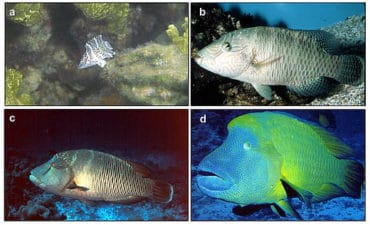
Growth Cycle of Napoleon wrasse
This is very low for a commercially targeted reef species and is more like densities of large terrestrial animals. In heavily fished areas, the numbers can drop to at least ten times less than in unfished areas. In some countries the species has become rare due to overfishing; if it is not protected across its range, the species may be forced into extinction.
The Napoleon diet
The Napoleon feeds primarily on molluscs, fish, sea urchins, crustaceans, echinoderms, and other invertebrates, using their strong teeth. The species may be one of the few predators of the toxic crown of thorns starfish, boxfish and sea hares. They spend most of their time feeding during the day, they have been seen crunching on dead coral rubble at some dive sites to get to the burrowing worms and molluscs. Many dive guides used to feed them boiled eggs – they loved it! But this practice has been banned due to the high-cholesterol count found in some of the dead fish. Not only humans then…
Where to find them
The Napoleon wrasse is mainly found on coral reef edges and drop-offs. Juveniles can be found among branching corals in shallow lagoons, while adults prefer the upper margins of clear lagoon pinnacles and steep coral reef slopes to a depth of at least 100metres, but occasionally up to 160 metres deep. At night they return to ledges and crevices to sleep.They move into shallow bays during the day to feed, and tend to move into deeper waters as they grow older and larger. Adults therefore, are more common offshore than inshore.
Of course, we cannot forget man’s need for profit in all of this:
Illegal, Unregulated and Unreported (IUU) fishing and trading of this species occurs. For example, in the Philippines, Indonesia and probably eastern Malaysia, illegal harvesting of Napoleon wrasse with cyanide still occurs; in the Kei Islands of Indonesia, one out of the two ships involved in the export of Napoleon wrasse did not have the appropriate permits; and in the Maldives, illegal export of Napoleon wrasse occurs in spite of the export ban.
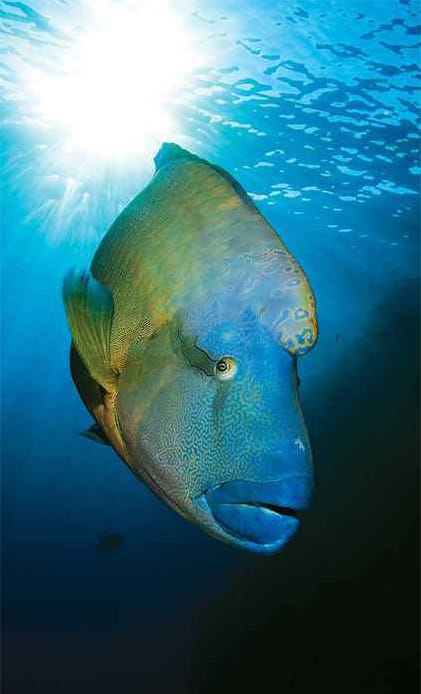
Napoleonwrasse is one of the most valuable fish in the live reef fish trade, and the rarity of this species leads to higher demand and prices of up to US$250-300/kg in China. Although centred in Hong Kong, this trade has spread to southern China and other consumer regions, including Singapore. Of particular concern is that rapid economic growth in mainland China in the near future may further intensify the demand for Napoleon wrasse throughout the country.
Both mature and juvenile Napoleon wrasse are harvested for the live reef food fish trade as well as for local consumption; small juveniles (less than 10cm) are collected for the aquarium fish trade which further exacerbates the depletion of the wild population of Napoleon wrasse.
Still on the positive side we do see a good few of them around here in Dahab especially spanning from Lighthouse – Mashraba: our house reef area ?



